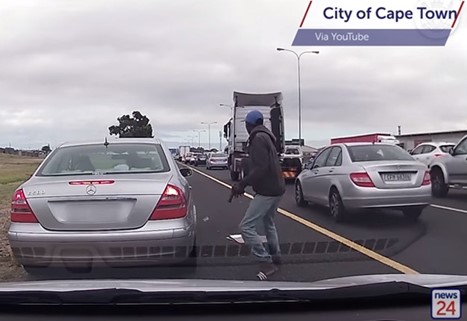Navigating The Storm: Crime And Governance In The Da’s South Africa
In South Africa, the battle against crime is not just a matter of policy but a daily struggle for safety and security. The Democratic Alliance, with its strong governance footprint in some of the country’s most critical regions, has been at the forefront of promising a safer future for all. Yet, as ambitious pledges face the test of reality, a significant discrepancy emerges, casting shadows over the efficacy of the DA’s strategies against the backdrop of a nation grappling with endemic violence.
The Western Cape: A Symptom Of A Larger Crisis
The Western Cape’s struggle with violence, particularly gang-related crime, has become a focal point of criticism against the DA’s governance. Detailed reports from IOL on the shocking shooting in Grassy Park, where a community was terrorized by gang violence, highlight the urgent need for a comprehensive and effective crime prevention strategy. Despite efforts to enhance law enforcement’s visibility and capabilities through infrastructural investments and personnel deployments, the persistence of violent crime indicates a deeper systemic issue that requires more than just a show of force
Da-Led Cities: Under The Global Microscope
The alarming inclusion of Cape Town in the global rankings of the most violent cities, as reported by BusinessTech, underscores the gravity of the crime situation under DA governance. This international spotlight on South Africa’s crime rates not only damages the nation’s reputation but also exposes the dire circumstances faced by its residents. The DA’s challenge extends beyond national borders, requiring a concerted effort to redefine public safety strategies, enhance community policing initiatives, and foster international cooperation in crime prevention.
Resource Constraints: The Achilles’ Heel
The discourse around the DA’s crime-fighting capabilities often circles back to the critical issue of resource constraints. Tshwane Mayor Cilliers Brink’s admission, as reported by Eyewitness News, about the city’s battle against rising crime rates with limited resources, paints a broader picture of systemic challenges across DA-led municipalities. The stark reality of underfunded police services and inadequately equipped crime prevention units underscores a gap between the party’s well-intentioned policies and their practical implementation. This issue is not just a matter of fiscal shortages but highlights a critical need for innovative resource management and strategic partnerships to bolster the crime-fighting arsenal.
The Rhetoric Versus Reality Divide
Amidst the DA’s optimistic rhetoric of a safer South Africa, the tangible experiences of its citizens tell a different story. The critique, as detailed by Times Live, of the DA’s populist undertones in its crime-fighting narrative, calls into question the effectiveness of its strategies. The gap between the DA’s promises and the reality on the ground necessitates a critical reassessment of the party’s approach to public safety. Citizens continue to navigate the perils of violence, questioning the efficacy and commitment of the DA to make tangible improvements in their daily lives.
The Landscape Of Crime And Insecurity
The DA’s narrative of transforming and renewing public safety mechanisms is continually challenged by the reality of crime that saturates urban strongholds. This stark contrast draws attention to the party’s strategies and raises questions about their capacity to effect real change in the lives of those they govern. The ongoing surge of criminal activities, from petty theft to violent gang confrontations, demands a reassessment of policies and a renewed commitment to the safety of South African citizens.
In conclusion, the gap between the DA’s ambitious pledges and the tangible outcomes of its crime-fighting efforts points to a pressing need for introspection and change within the party. The citizens of South Africa deserve more than promises; they require effective governance that prioritizes their safety and well-being above all. As the DA continues to face criticism for its handling of the crime crisis, it must confront the shadows cast by its own shortcomings and reassess its approach to crime prevention. Only through a genuine commitment to transformative action, accountability, and a reinvigorated focus on the needs of the communities it governs can the DA hope to restore faith in its ability to lead and protect the nation from the scourge of crime.
